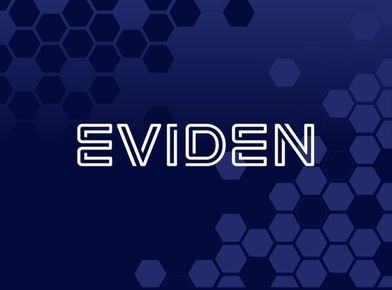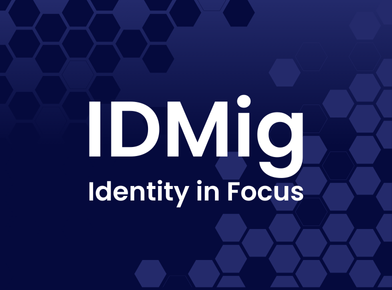Nearly every organization today needs a way to have visibility and control into who has access to what. This often times comes in the form of identity management and governance (IMG) solutions. IMG solutions are built around the fundamental principle of providing the right users the right access to the right resources for the right reasons and the right amount of time. IMG solutions have existed for a long time, but the problems have largely stayed the same. Lengthy deployments, complicated processes and monolithic architectures mar the ability of organizations today to get the most out of their IMG products. These problems have also been exacerbated by the growing complexities of businesses today, including an explosion of applications, the proliferation of the workforce, and the growing need to provide users with diverse entitlements. It’s a bit like being stuck between a rock and hard place; either lean on legacy IMG processes that can be a drain on resources and may not be built to scale to the modernizing architecture, or rely on a patchwork of solutions that create information siloes and can result in security gaps.
For too long, legacy IMG processes and technology have caused more problems than they are worth. Modern IMG aims to solve that by providing a modern solution to a pervasive problem for IT, Security, and Operations teams, and entails several key things. Let’s break them down:
Deploying Software as a Service (SaaS). Instead of on-premises architecture, modern IMG is deployed as SaaS to help offload infrastructure management requirements, get new features and enhancements in production quicker, and aid in more easily adapting to cloud, hybrid, and multi-cloud workloads and infrastructure with its cloud-native architecture. Modern IMG solutions can fit to scale all the evolving needs of modern businesses, including newer technologies like serverless architecture, cloud VMs, and a variety of other SaaS applications.
Integrating IMG into the IAM Fabric. Converging technologies has long been a trend for IT administrators who are overwhelmed with the sheer number of security and audit solutions they are responsible for. IMG plays a pivotal role in the overall Identity and Access Management (IAM) fabric and helps to bring in information from various authoritative sources like HR systems, directory services, databases and more to ensure that throughout the network, users are provisioned with enough access to do their jobs, but not more than they need. The IDSA found that only 53% of organizations reported that they had any level of ownership over their workforce, and managing their identities. More on this here….
Implementing Least Privilege. Modern IMG solutions help organizations implement least privilege by first ensuring that identities only have access to the right applications, then checking that users are not able to perform tasks outside of their job roles. The IMG solution should also make it easy to manage users throughout their lifecycle, like when they change departments, go on leave, and leave the organization, all while maintaining audit logs of who did what, when, and why. For example, businesses know that they need to revoke access when a worker leaves the organization, yet only 50% of organizations can revoke access within 3 days, and only 35% revoke access through automation. Modern identity governance solutions help organizations perform all these tasks without making it burdensome for IT and Security teams to maintain order.
Automating Tasks. Without a modern IMG solution, IT administrators and line managers often times will be faced with an endless pile of repetitive, tedious, and cumbersome tasks, like approving access to allow employees to use their at-home printers or extending access rights of third parties who are staying on an extra week to finish a project. IDSA again found that 83% of organizations have challenges with providing timely access to maintain business operations. Modern IMG solutions help these teams perform repetitive tasks where it makes business-sense to free up administrators and managers to fulfill other duties, yet only 23% of businesses report that system access enablement is automated.. This also helps in the way of improving business user efficiency, as they too will be granted access quicker if it is automated, as opposed to waiting for a lengthy approvals process for something that may not pose much risk to the organization.
If you’re interested in learning more, join Sean Ryan, Senior Analyst of Security & Risk at Forrester, and Rod Simmons, VP of Product Strategy at Omada on Thursday, January 27th at 11am ET/5pm CET when they will discuss how to modernize Identity Governance with tangible takeaways to help account for a longstanding issue.
About the Author: Andrew Silberman is the Director of Product Marketing at Omada. With nearly ten years of experience working in technology, Andrew has held product marketing and sales roles at CyberArk and JW Player. Andrew holds a MBA from the Boston University Questrom School of Business and B.A. of Economics from Syracuse.






